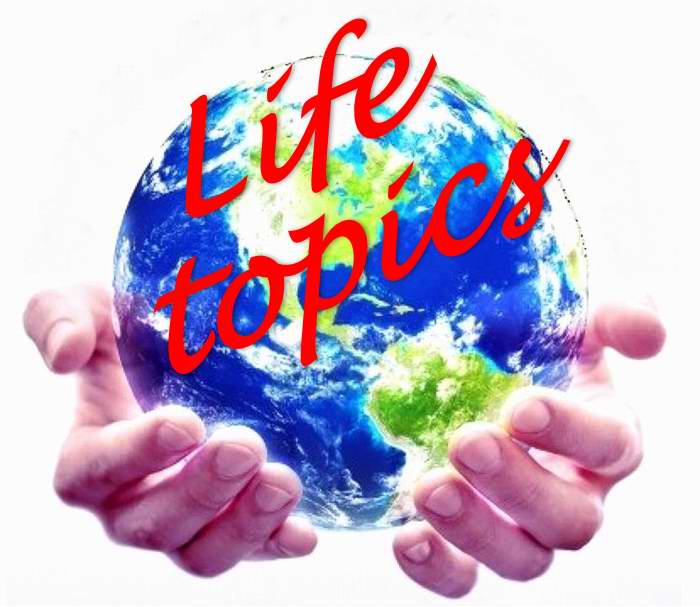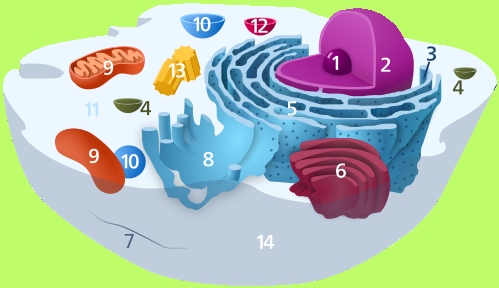

Leave your 'JEANS' at home and take your 'GUIDE' de with you.
The key question that comes to mind each time I meet people is: How can I letting me be inspired by the connection with the other and how do I inspire others from this experience?I feel this inspiration in my connection with others in the trainings and workshops.
Also in contact with my (grand) children when we are together.
I also feel it working together on personal growth, when I and others gain new insights and new training in communications skills.
I also feel it in creative designing together ways to make conflicts productive and constructive, so that there is more happiness..

leave your dirty jeans at home
This is one of the practical and easy apliable techniques, which you can learn in NLP courses and workshops. There your exercise them and your results will be amazing. There still many other techniques with which you can improve the quality of your life.
A very practical and easy to use handle is the rule:
Leave your 'JEANS' at home:
J udgements
E nforce
A dvises
N egative opinions
S hit
Judgments we do quickly and when we pronounce the judgment this is quickly experienced as offensive and it stands in the way of connection. It reates resistance or even dislike.
Judgments pass quickly through our minds and it is easier to recognize them than to stop them. It is a very learning process to recognize a judgment and then let it go, or, as in this rule, it is called 'home'. Leaving at home is a good expression, because a judgment always comes from a difference between our expectation or our thinking patterns, which we call our 'model of the world'.
After all, we make an internal representation of the reality and unconsciously assume that this is the only correct reality.
Actually it is kind of projection of what we dislike in ourselves. Accept that you have those judgments, treat them with love and at the same time realize that the other has a different model of the world, different experiences, different ideas, different words, other images. It is precisely the exchange of these different experiences that can inspire and lead to valuable cooperation.
Expressing opinions often involves raising your voice and a higher tone and without listening to the other person. I know that I am easy here and that it is a pitfall for a good relationship and it is difficult to inspire each other. Discussion, in which fixed positions are pronounced, without listening to what is behind these opinions, is time-wasting and does not bring me closer to the other. Asking questions and listening carefully, trying to imagine what needs are behind a lot of people and looking for common feelings does help.
Opinions are often very well intended and are given out of engagement with the other person. Often they are given with emphasis and I get the feeling that I damage the relationship if I do not follow them. Often I respond with some defensive and reluctant advice, because I did not follow the road to it myself. I want to think of my own answers, my own steps, give shape to my own life on the basis of my own experiences, convictions and values.
So let your 'jeans' at home.
But it is nice to know what we should not do, but it is even better if we know what we want to do instead. For this I have devised a new acronym (a word whose letters each have a meaning).Take your Guide with you:
G the good in the other
U use positive adjectives
I inspire
D discover the positive intention, divide the person and his behaviour
E experience thankfulness
"Take your 'GUIDE' with you!"
I want to start from 'the good in everyone', or from the positive intention of every person, the good intention behind every behaviour. It makes such a big difference if I assume that the other person also has that good intention. This is one of 15 lessons we can learn from Nelson Mandela *. He knew from experience that if you went from the good of someone you also get a lot more good in someone else and even make someone a better person.
This is the foundation of all the world's religions: "Whatever you want someone else to do for you, do the same to that other person." (A positive and therefore much stronger reversal of "in negative terms" What you do not want to happen, dont do that 'to another. "It is the bottom of every communication and the key to improving relationships and cooperation.
How do I inspire myself and others? How can I let others inspire me again? With these questions in mind, every contact with someone else and with myself becomes different. I often notice that, unconsciously, I pay attention to what I disagree with. To inspire, I want to do the opposite: listen to what connects us. I notice that I am a doer, someone who likes to creatively create new projects. I also notice that this enthusiasm is contagious, especially when people recognize the values that these projects strive for. If I can inspire myself, use my inner sources better, it feels like happiness that flows in. I then start to shine and that is contagious for those I am with.
I want to realize how gratefull I am. The more I am aware of how little I know, the more I am open to learning new things. The more we realize that from everything there is to know, the physical reality, the thoughts, ideas, convictions of myself and others, we know only a very small minifraction, the more modesty we can afford. Whichever way we think, we always come to the conclusion that we know very, very little. As a biologist, the following chain of thoughts appeals to me. How many cells does my body have? It is estimated at about 10 billiards, ie a 1 with 15 zeros. So 100,000,000,000,000. If we want to imagine what one cell looks like, then there is quite a bit of knowledge that says that each cell is unique and can not only perform the tasks that it normally does, but many more tasks and that this cell must work very closely together with other cells. Each cell consists of a very large number of parts, organelles, and these consist of a very large number of molecules etc. On the other hand, when we look at what we know about what is outside of us, we discover more and more, what we still did not know. The environment, the climate, our earth, our solar system, our galaxy, the expanding universe, black holes. Questions like: How many stars are there? Are there more planets like the earth? What was there before the Big Bang? What is outside of the universe? We do not know. The number of stars in one galaxy is estimated at one hundred billion and the number of galaxies also at one hundred billion. We know something about only a very small number of stars. So there is much more that we do not know that stimulates me to curiosity.
But I do not know what everyone else thinks and feels, so I am very curious about this.Being grateful for what we do know and what we do have. Gratitude creates so much joy of life that it also plays a major role in our religions in this world. In a contact, gratitude is a strong connecting factor.
A nice quote from Anthony Robbins is: "When you are grateful, fear disappears and abundance appears."
Gratitude is also called the key to the soul.Feeling connected together, listening together, looking for shared experiences together, struggling together to develop initiatives on the road to happiness and peace, being together and working together is deeply rooted in us and gives meaning to our lives. The feeling of happiness fulfills us when we stand together for a task where we fully accept and respect everyone and encourage each other, to develop and use all the talents we have. That feeling helps to strengthen and intensify our relationships in our relationships.
So leave your Jeans at home and take your Guide with you!
* Nelson Mandela 15 lessons about life, love and leadership by Richard Stengel 2014 CosmosExercise: Leave your JEANS at home and take your GUIDE with you:
Fill in (3 min) and then write your personal example behind. Put behind each letter an association from your own life that you would like to change or would like to do more.Leave your JEANS at home:
J . . . . . . . . . . . . . . . . . . . . . . . . . . . . . . . . . . . . . . . . . . . . . . . . . . . . . . . . . . . . . . . . . . . . . . . . . . . . .
E . . . . . . . . . . . . . . . . . . . . . . . . . . . . . . . . . . . . . . . . . . . . . . . . . . . . . . . . . . . . . . . . . . . . . . . . . . . . .
A . . . . . . . . . . . . . . . . . . . . . . . . . . . . . . . . . . . . . . . . . . . . . . . . . . . . . . . . . . . . . . . . . . . . . . . . . . . . .
N .. . . . . . . . . . . . . . . . . . . . . . . . . . . . . . . . . . . . . . . . . . . . . . . . . . . . . . . . . . . . . . . . . . . . . . . . . . . . .
S .. . . . . . . . . . . . . . . . . . . . . . . . . . . . . . . . . . . . . . . . . . . . . . . . . . . . . . . . . . . . . . . . . . . . . . . . . . . . .
Take your GUIDE with you:
G. . . . . . . . . . . . . . . . . . . . . . . . . . . . . . . . . . . . . . . . . . . . . . . . . . . . . . . . . . . . . . . . . . . . . . . . . . . . .
U .. . . . . . . . . . . . . . . . . . . . . . . . . . . . . . . . . . . . . . . . . . . . . . . . . . . . . . . . . . . . . . . . . . . . . . . . . . . . .
I. . . . . . . . . . . . . . . . . . . . . . . . . . . . . . . . . . . . . . . . . . . . . . . . . . . . . . . . . . . . . . . . . . . . . . . . . . . . .
D. . . . . . . . . . . . . . . . . . . . . . . . . . . . . . . . . . . . . . . . . . . . . . . . . . . . . . . . . . . . . . . . . . . . . . . . . . . . .
S. . . . . . . . . . . . . . . . . . . . . . . . . . . . . . . . . . . . . . . . . . . . . . . . . . . . . . . . . . . . . . . . . . . . . . . . . . . . .
shouting in stead of listening
One of the 10 billiard Animal cells of your body




